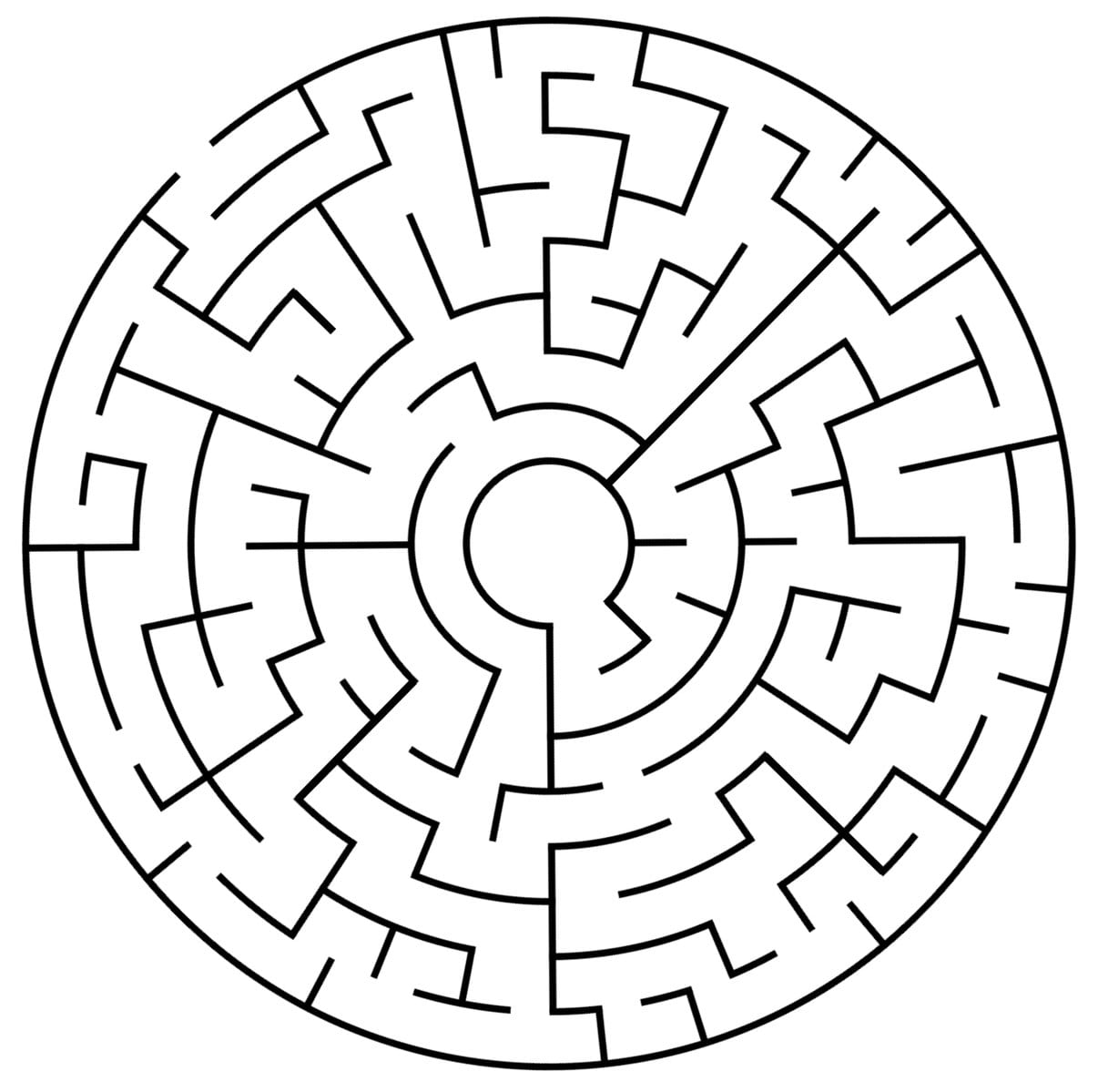- Chance
The original game Russian Roulette is a game of chance, highly dependent on the user’s time and reaction speed to game itself. However, on lighter terms, this game would become an interactive game between the user, using LEDs to pinpoint which LED the user should stop on. From our previous project, we realized the game should be as straightforward for the player to understand, in order to not disrupt the game by distracting them with other instructions or LEDs. The project would be intended for people seeking to improve their reaction time to visual cues, or anyone looking to play a fun game based on chance. I researched the actual Russian Roulette game, which instead involves the player and a revolver, which proves much more lethal when viewed in a context of a game. But the ideology and instructions behind the game can be further narrowed down to a simple game using LEDs and buzzers as a penalty. The challenge I would seek to address is its constraints of being too simple at times, and searching for a way to make the game more complex, yet not too complex so as to confuse the player.

2. Labyrinth Maze
Inspired by mazes and labyrinth mazes, these complex puzzles require the player to choose different paths and directions, with each choice ultimately influencing the end result of the game. These mazes may have several entrances and exits, as well as dead ends to confuse the player. In a labyrinth maze, however, there is only one universal exit and entry, though the path from entrance and exit is still highly complex. This game would be controlled through a joystick, similar to those found in arcade games, to direct the movement of the marble that would be utilized in the game. The marble would act as the physical “player” in the game, starting from the point of entry to the point of exit. The player would use the joystick that would tilt the box in various directions, allowing for the marble to follow the path it takes. The challenge I would seek to address is a way for the game to stabilize itself on an angle, allowing for the game to physically tilt from side to side, without it being too unstable for the player to control. It would additionally have to have enough control for the marble to go in different directions, with the walls having to have a specific width for the marble to glide smoothly through. My intended audience would be anyone looking to challenge their brain through different forms of strategizing, helping them in navigating through a challenging maze.

3. Fill the Line
Inspired by the popular game Tetris, a tile-matching puzzle video game popularized throughout history, this project would aim to create a video game similar to those found on arcade games, video game consoles, or digital apps on mobile phones. Tetris is played through the use of game pieces in the form of geometrical shapes, also known as tetrominoes, that are typically composed of four blocks. These pieces randomly fall down onto the playing field of the game, while the player can rotate and manipulate the pieces as desired to fit at the bottom of the game. They should aim to fill a solid horizontal line without leaving any gaps, so it can disappear and clear more room for the tetrominoes. When all the lines are filled and no more pieces can fit at the top, the game is over. Many renditions of the game Tetris can go on for an extremely long period of time, as the time for the blocks falling down decreases, the difficulty level additionally increases. The original game influenced my intended design of the project, as it is continuously allowing for interaction between the user and the project, with the user navigating each piece of the puzzle for it to fit at the bottom. The challenge I would seek to address is how to incorporate the function of displaying the game itself, and allow the user to navigate and manipulate the functions of controlling the pieces itself. The intended audience would be anyone seeking to increase brain efficiency, as this project involves hand-eye coordination and problem-solving ability.